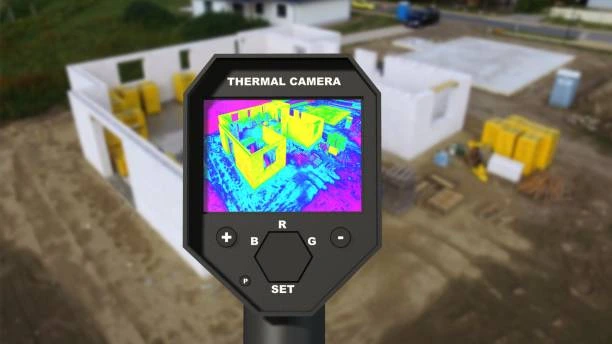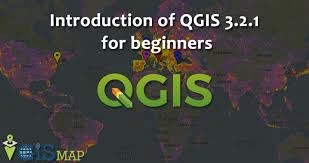Course Overview
This course provides an in-depth understanding of advanced remote sensing techniques and their applications in various fields, including environmental monitoring, agriculture, urban planning, and disaster management. Participants will explore the latest technologies, data processing methods, and analytical tools used in remote sensing. The course covers both theoretical concepts and practical applications, enabling participants to analyze and interpret remote sensing data effectively. By the end of the course, participants will be equipped with the skills necessary to implement advanced remote sensing techniques in real-world projects.
Course Duration
5 Days
Who Should Attend
- Remote sensing professionals
- Environmental scientists
- Geospatial analysts
- Researchers in spatial and environmental sciences
- GIS specialists
- Advanced undergraduate or graduate students in related fields
Course Objectives
By the end of this course, participants will be able to:
- Understand the principles and advanced concepts of remote sensing.
- Apply advanced data processing and analysis techniques to remote sensing data.
- Utilize remote sensing for environmental monitoring and assessment.
- Integrate remote sensing data with GIS for enhanced spatial analysis.
- Implement remote sensing techniques in specific applications such as agriculture, urban planning, and disaster management.
Course Outline:
Module 1: Introduction to Advanced Remote Sensing Technologies
- Overview of advanced remote sensing platforms and sensors
- Differences between optical, radar, and lidar systems
- Innovations in satellite and aerial remote sensing technologies
Module 2: High-Resolution and Hyperspectral Remote Sensing
- Fundamentals of high-resolution imaging
- Introduction to hyperspectral remote sensing and its applications
- Data acquisition, processing, and analysis techniques for high-resolution and hyperspectral data
Module 3: Advanced Image Processing Techniques
- Techniques for image fusion and enhancement
- Advanced classification methods and algorithms
- Change detection and anomaly detection using remote sensing data
Module 4: Data Integration and Interpretation
- Integrating remote sensing data with GIS and other spatial datasets
- Techniques for multi-source data fusion and analysis
- Interpretation of remote sensing data for environmental and spatial applications
Module 5: Real-World Applications and Case Studies
- Case studies of remote sensing applications in various fields (e.g., environmental monitoring, urban planning, disaster management)
- Practical exercises and projects involving real-world data
- Evaluation and presentation of remote sensing solutions to complex problems
Customized Training
This training can be tailored to your institution needs and delivered at a location of your choice upon request.
Requirements
Participants need to be proficient in English.
Training Fee
The fee covers tuition, training materials, refreshments, lunch, and study visits. Participants are responsible for their own travel, visa, insurance, and personal expenses.
Certification
A certificate from Ideal Sense & Workplace Solutions is awarded upon successful completion.
Accommodation
Accommodation can be arranged upon request. Contact via email for reservations.
Payment
Payment should be made before the training starts, with proof of payment sent to outreach@idealsense.org.
For further inquiries, please contact us on details below:






